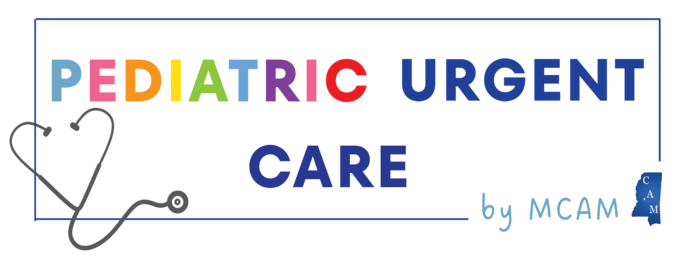What?
- To prevent and minimize pain, discomfort, and fear of needle and other medical procedures
Why?
- To feel less pain and discomfort
- To think positive with less fear and worries about uncertainties related to doctor’s visits and medical procedures
- To feel empowered and encouraged to take an active role during doctor’s visits and medical procedures
When?
- Always, unless the patient is under anesthesia
- From birth on
- For all types of procedures – here are a few examples
- vital signs such as blood pressure and temperature
- physical exams
- echo, ultrasound, EKG, EEGs
- blood draw, iv access, immunization, port access
- casting
How?
- Comfort measures for infants and children
- Numbing cream, cooling spray
- Breast/bottle feeding, sugar water, pacifier
- Comfort positioning
- Distraction
- Comforting language
- Comfort measures for adolescents and adults
- Numbing cream, cooling spray
- Comfort positioning
- Distraction
- Comforting language
Ask your doctor or nurse which comfort measures you can use at your next visit.
